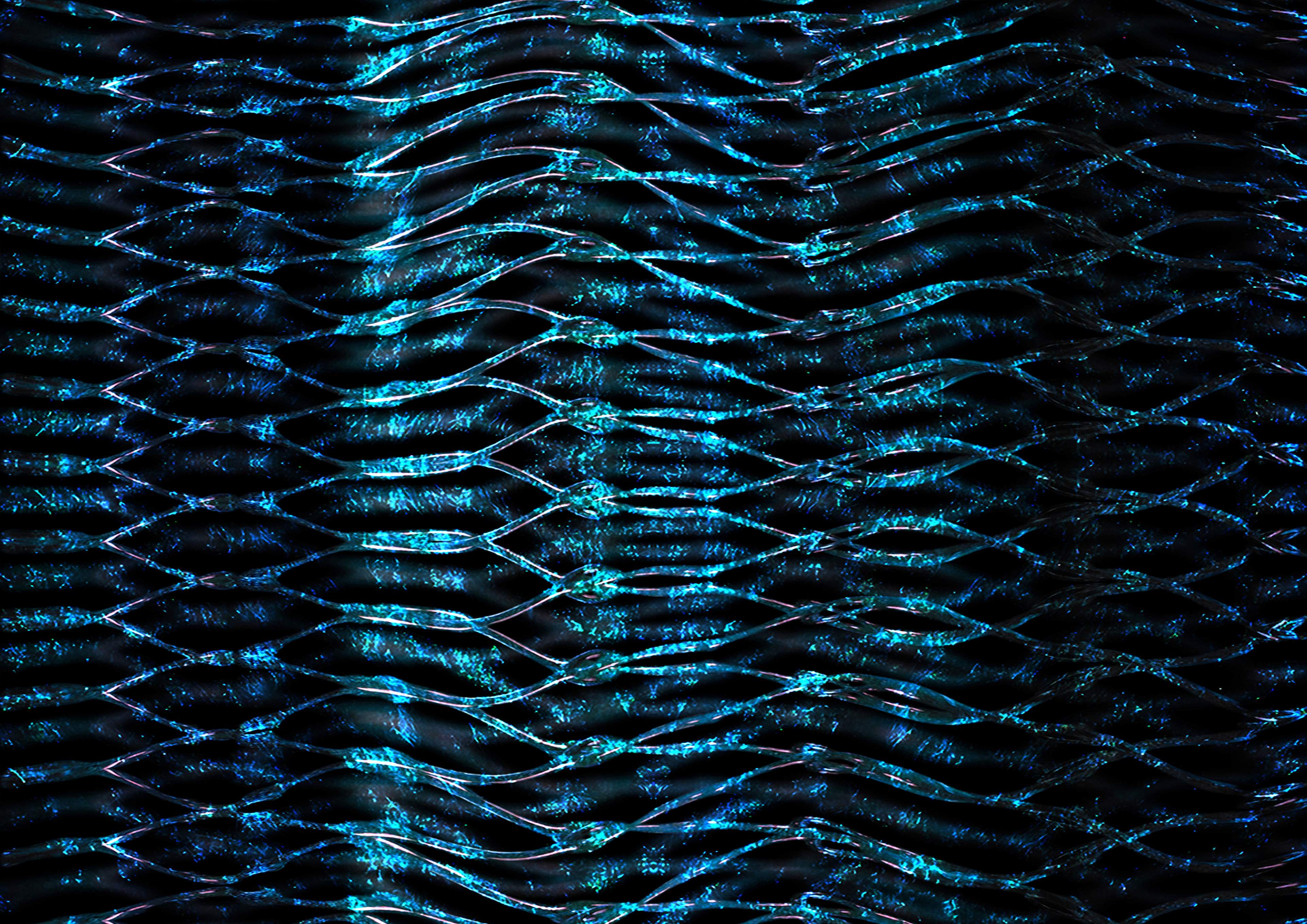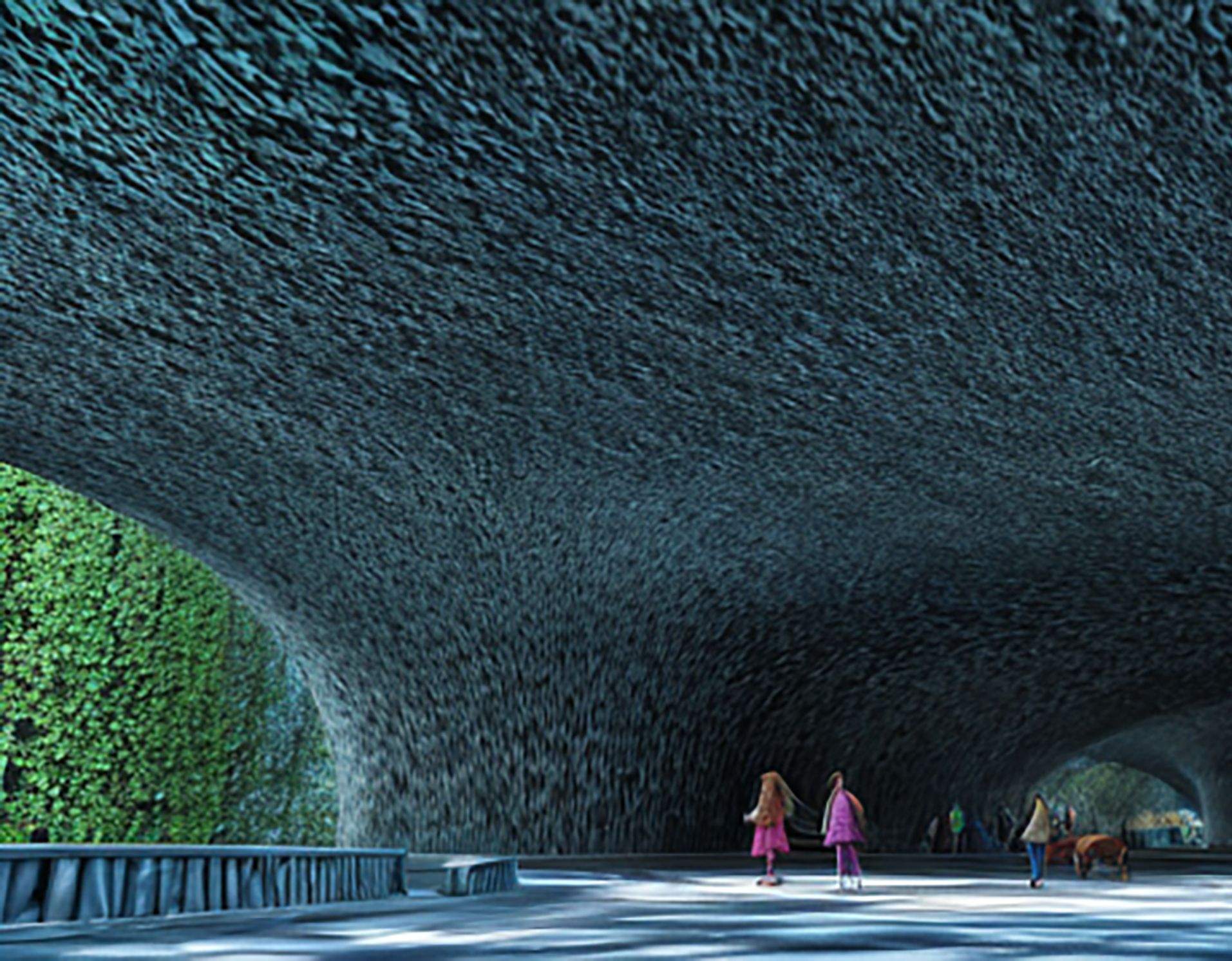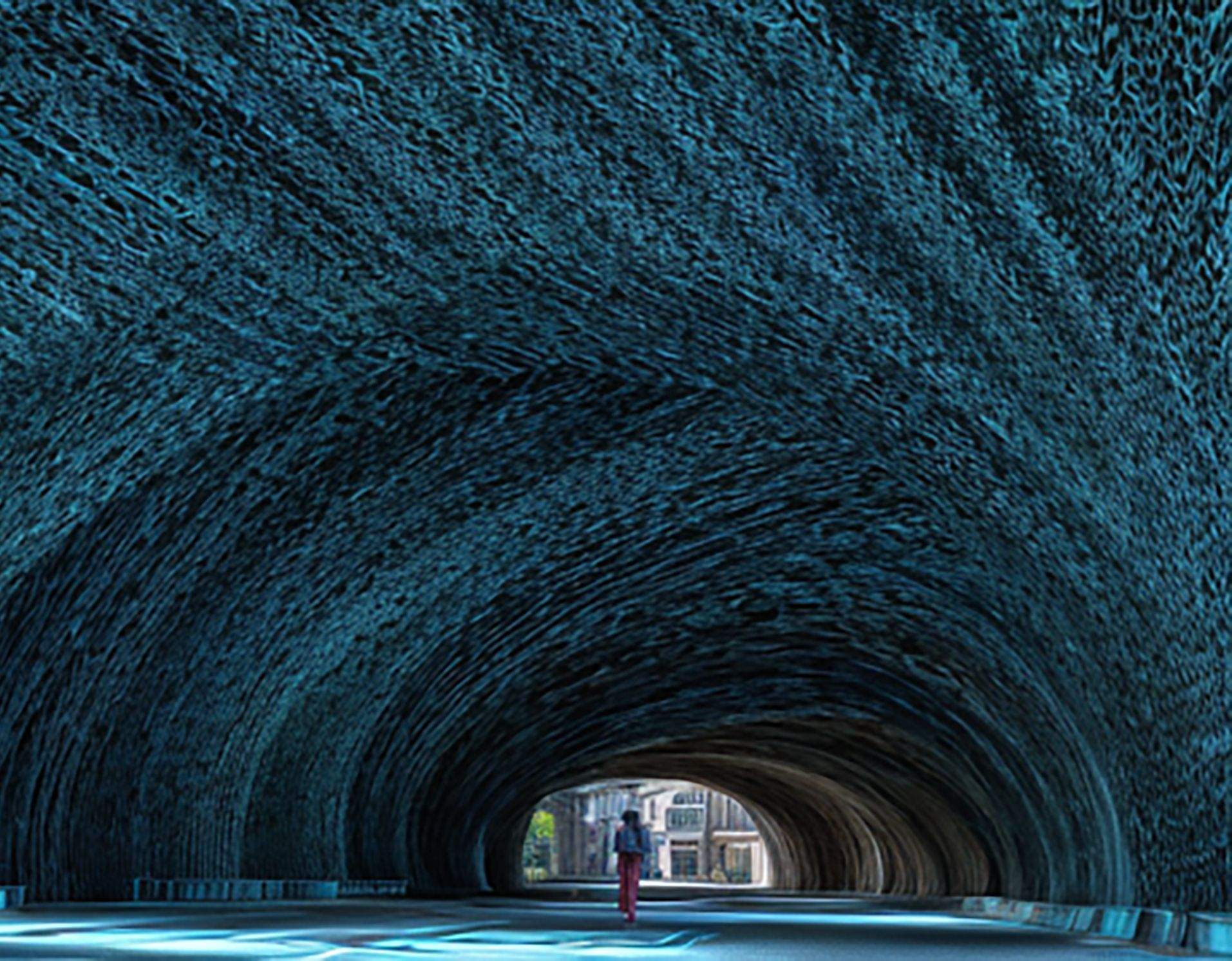Path
Project Intro
While conceptualizing the design of the pet shop, my primary focus was on spatial responsiveness and how the environment would interact with its primary users — dogs. Understanding the relationship between spatial design and canine behavior became a defining aspect of this project.
Turl Street, located in the historic core of Oxford, UK, was a deliberate site choice due to its urban visibility, contextual significance, and ability to attract a diverse user base. The design aimed to align with the sensory behaviors of dogs, addressing their abilities to smell, hear, see, taste, touch, and feel. Additionally, I considered their innate hyperactivity, using ethological insights from their evolutionary background to inform spatial strategies and design adaptations.
2020
Year
Proposed
Status of the Project
Project Details
Site Location | Turl Street, Oxford, UK |
Project Type | Commercial |
Time | 2020.12 – 2021.04 |
Status | Proposal Submitted |
Tools used | Baking, 3D Scanning, 3D Printing, Meshroom, AutoCAD, Rhino 3D, V-Ray, Adobe Photoshop |
Supervisor | Mr. Joel Chappell and Mr. Andrew Holmes |
Ideology
The French philosopher and essayist Michel de Montaigne once mused, "When I play with my cat, who knows whether she is not amusing herself with me more than I with her." This reflection unfolds into two distinct realms of contemplation.
Firstly, it delves into the consideration of animal sentience, acknowledging animals as conscious beings with emotions and intelligence rather than mere biological automatons. While the roots of this concept trace back to Darwin's era, widespread awareness of animal intelligence and consciousness emerged only in the last century. In contrast, the 17th-century philosopher René Descartes viewed animals as reflex-driven machines. Montaigne, writing almost two centuries before Descartes, recognized that cats engage in play, amuse themselves, and experience joy, paralleling human experiences. This realization signifies a profound leap in understanding: play reflects the actions of intelligent, self-aware beings rather than mere automatons, highlighting Montaigne's acknowledgment of the consciousness of cats.
The second facet explores our own consciousness and its comprehension of self and the external world. Montaigne's observation echoes Chuang Tzu's renowned butterfly dream from the third century BCE: Zhuang Zhou experiences life as a butterfly, reveling in the experience without awareness of his own identity. Upon waking, he grapples with the question of whether he, Zhou, had dreamt of being a butterfly or if a butterfly had dreamt of being Zhou. Between Zhou and the butterfly, a crucial distinction exists, illustrating the transformative nature of existence. This enigmatic scenario prompts contemplation regarding who is the awakened and who is the dreamer in Montaigne's statement. The question arises: are they collaborators in a shared reality, with neither existing independently of the other?
Sara Bakewell, in her elucidation in The Guardian, sheds light on Montaigne's unique perspective: "One of Montaigne's cherished pastimes was envisioning the world through various perspectives, ... At home, he extended this habit of leaping into different viewpoints to include other species. When he engaged with his cat, he mused, 'Who knows if I am not a pastime to her more than she is to me?' He effortlessly adopted her perspective in relation to himself, just as he inhabited his own perspective in relation to her.
Observing his dog twitching in sleep, he envisioned the dog conjuring a disembodied hare to chase in its dreams—a hare devoid of fur or bones, yet as real in the dog's mind as Montaigne's own images of Paris or Rome were when he dreamt of those cities. This insight into the inner worlds of animals was groundbreaking in Montaigne's era and remains extraordinary today. It implies an acceptance that other animals are much like us, combined with an ability to wonder how differently they might perceive the world.
In conclusion, Montaigne's profound reflections urge us to acknowledge the consciousness of animals and contemplate the intricate web of shared reality between humans and the animal kingdom, shedding light on the remarkable similarities and distinctions in how we perceive the world.






